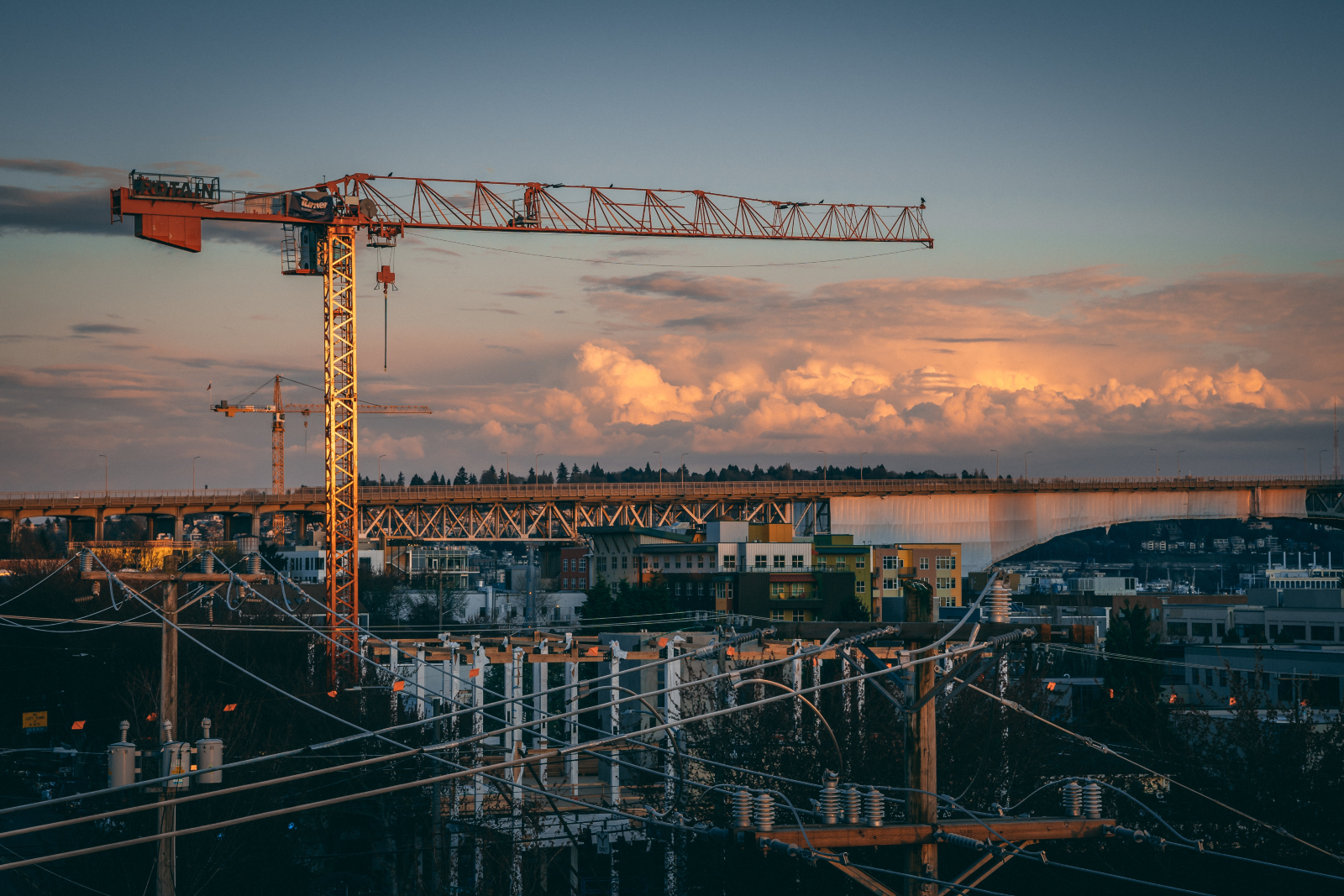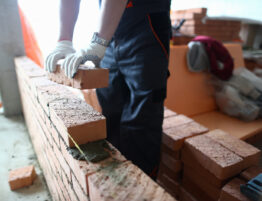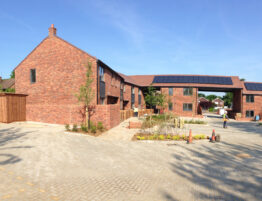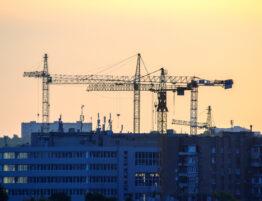
As the clock go back by one hour this coming weekend, some people may be relishing in the idea of an extra hour’s sleep. For construction workers, however, the shortening of daylight hours comes with the challenge of spending at least part of their day working and/or commuting in the dark.
In this week’s blog, we’ll explore how this time of year affects construction workers, the dangers of fatigue and how to stay safe when working or travelling in the dark.
When and why do the clocks go back?
This year in the UK, the clocks will go back by one hour in the early hours of Sunday 27th October. This will mark the end of British Summer Time (BST) and daylight saving, and a return to Greenwich Mean Time (GMT).
The reason this happens is an attempt to make the most of daylight hours, providing people with more sunlight in the morning during Autumn and then lighter evenings when the clocks jump forward again in Spring.
How does this impact on construction workers?
The reduction in daylight hours means that many construction workers will spend more time working in low-light conditions, increasing the risk of accidents. This is especially concerning in an industry where visibility and alertness are critical to preventing hazards.
The shift in our internal clocks also affects energy levels, making it harder for workers to adjust to their routines and causing fatigue. That can lead to decreased focus, slower reaction times and a higher risk of mistakes.
Fatigue is a real problem
Fatigue isn’t just about feeling tired; it’s about how our bodies respond to changes in sleep patterns and routine. When our internal clocks are disrupted by the end of daylight-saving time, it can take days, even weeks, to fully adjust.
For construction workers, this can mean an increased risk of both on-site accidents and road collisions during commutes.
Research shows that accidents increase following the transition back to GMT, with a noticeable spike in incidents on the Monday after the clocks turn back. Darker afternoons and disoriented drivers particularly contribute to a rise in traffic accidents. For construction workers, who often commute early in the morning or late in the afternoon, this means there is a need to be especially vigilant during this period.
Follow this guidance for staying safe at work and on the road.
Working in the dark safely
To combat the risks associated with working in darker conditions, construction companies and workers must be proactive about maintaining safety. Here are four steps you can take:
1. Enhance lighting on site: Make sure that work areas are well-lit, especially during the early mornings and late afternoons. Portable lighting solutions, such as hand lamps or work lights, can help illuminate hard-to-reach areas.
2. Wear high-visibility gear: High-visibility clothing is crucial for ensuring that workers can be easily seen, especially when operating heavy machinery or working near traffic. Make sure your personal protective equipment (PPE) is updated and suitable for low-light environments.
3. Stay warm and hydrated: Colder, darker days can lead to additional physical strain. Workers should wear appropriate clothing and take regular breaks to stay warm and hydrated.
4. Prioritise tasks by daylight: Where possible, schedule the most hazardous tasks during the brightest daylight hours. Fatigue and poor visibility can heighten risks, so it’s important to align work schedules with the available natural light.
Driving in the dark safely
For many in the construction industry, commuting is an essential part of the job. Driving in the dark adds another layer of risk so here are a few tips to help ensure your safe travel:
- Maintain vehicle condition: Make sure that your vehicle’s lights, brakes and tires are in good working order, especially during the darker months.
- Drive defensively: Reduced visibility and fatigue can affect reaction times, so always drive at a safe speed and be prepared for unpredictable conditions.
- Carpool for safety: Travelling with colleagues can reduce risks and provide peace of mind during early or late commutes. If public transport is part of your journey, avoid travelling alone if you can, especially in isolated areas.
Minimising the risk
As daylight-saving time ends, construction workers and employers alike need to be mindful of the increased risks associated with working and travelling in the dark. By implementing simple safety measures, such as those outlines above, the hazards posed by darker conditions can be minimised.
We’d love to hear from you! How do you stay safe while working in low-light conditions or commuting in the dark? Share your tips with us by commenting over on our Facebook or LinkedIn pages.
22.10.2024
Feature image: Freepik








